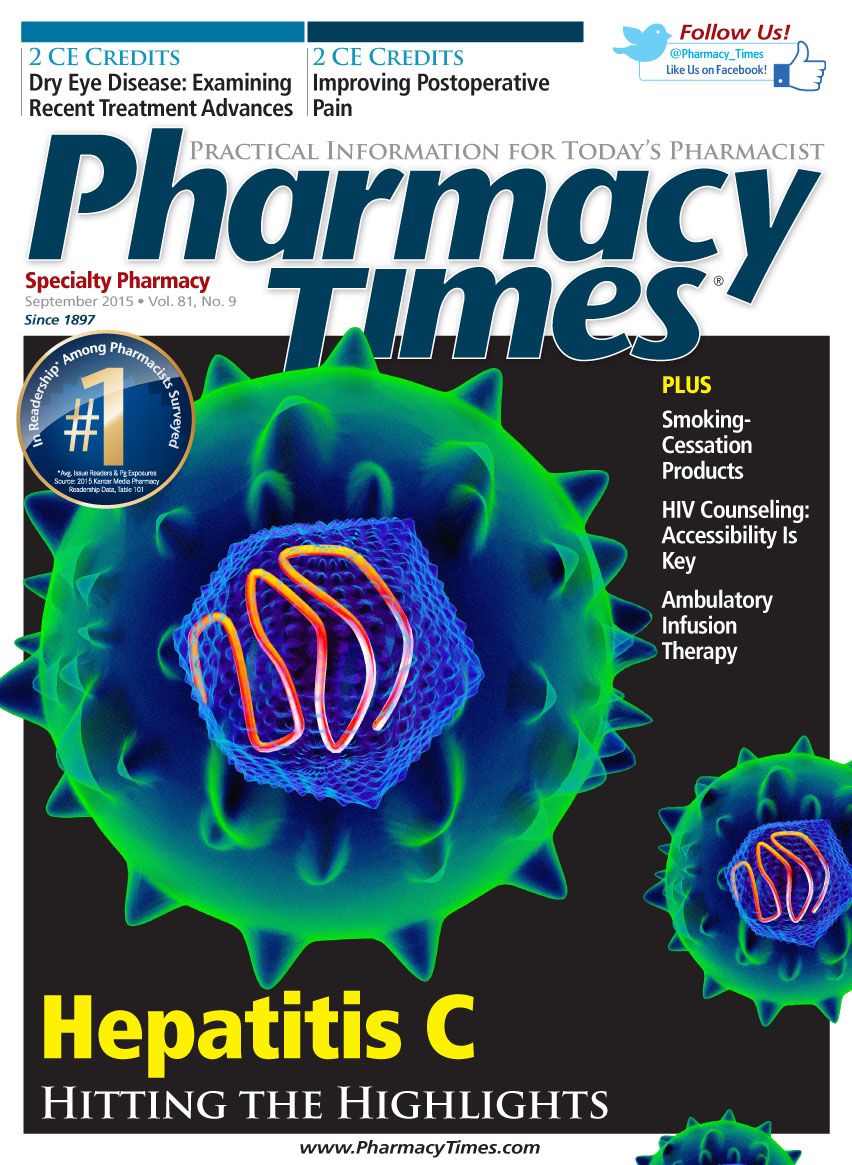Publication
Article
Pharmacy Times
Persistent Safety Issues in Community/Ambulatory Settings
Author(s):
Despite the resolve of many across the nation who have demonstrated an unparalleled commitment to keeping patients safe and the many safety accomplishments achieved over the past few years, a number of medication safety issues remain unresolved.
Despite the resolve of many across the nation who have demonstrated an unparalleled commitment to keeping patients safe and the many safety accomplishments achieved over the past few years, a number of medication safety issues remain unresolved. Below are 3 such persistent safety gaffes that need our attention for their resolution.
Patient Errors: Not Opening the Bag at the Point of Sale
Community pharmacies are vulnerable to dispensing correctly filled prescriptions to the wrong patient at the point of sale, a risk that is well substantiated in the literature. This error is not influenced by the attributes of a specific medication; dispensing any prescription medication to the wrong patient at the point of sale carries a similar level of risk. Based on the results of an Institute for Safe Medication Practices (ISMP) study, the error happens at an estimated rate of 1.22 per 1000 prescriptions.1 With close to 4 billion prescriptions dispensed each year, an average of 7 errors happen each month at every pharmacy across the United States. One of the most effective ways to prevent this error is to open the bag of filled prescriptions with the patient at the point of sale to verify that the medications are for the correct patient. With this simple step, the risk of error is reduced by 56%, according to the ISMP study. Few pharmacies follow this practice, however.
Vaccine Errors: Repetitive Errors Reported in the Past Decade
How often do DTaP (diphtheria and tetanus toxoids, and acellular pertussis) and Tdap (tetanus toxoid, reduced diphtheria toxoid, and acellular pertussis) vaccine mix-ups need to occur before regulatory action is taken to prevent confusion? Whatever the number, we can say that we have probably met that threshold! Yet, vaccine errors like this continue at an alarming rate (based on those reported to ISMP alone). Vaccine mix-ups occur often due to agedependent formulations of the same vaccine, similar vaccine abbreviations, similar vaccine containers and labels, and storage near each other. Confusion between the diluent and vaccine has led to administration of the diluent alone or use of the wrong diluent. We cannot continue to make errors when vaccinating those who choose to be immunized; the impact on both individual and community immunity may be far-reaching.
Patients Affected by Dispensing Errors: Callous Response from Pharmacists
When patients report dispensing errors to ISMP, they are usually more upset about the response they received when contacting the pharmacist or pharmacy manager than the actual error itself. All too often, consumers tell ISMP that pharmacy staff have responded in a callous manner when confronted with the possibility of a dispensing error, demonstrating a lack of empathy and concern for the adverse effects the patient might have gone on to experience. The patients are often asked to return the erroneous medication to the pharmacy and are then given the correct medication.
Some pharmacies offer a $25 discount coupon or refund for the cost of the erroneous prescription, but a signature may be required to document that the patient has accepted the coupon or refund as full restitution of the mistake. Although pharmacy staff may want to be more responsive to patients who report errors, they are often following corporate policies that are focused on legal concerns. As patients are continually encouraged to be active participants in their health care, they want and deserve honest disclosure of errors and knowledge that there is an action plan to reduce the risk of it happening again.
Dr. Gaunt is a medication safety analyst and the editor of ISMP Medication Safety Alert! Community/Ambulatory Care Edition.
Reference
- Cohen MR, Smetzer JL, Westphal JE, Comden SC, Horn DM. Risk models to improve safety of dispensing high-alert medications in community pharmacies. J Am Pharm Assoc (2003). 2012;52(5):584-602.







